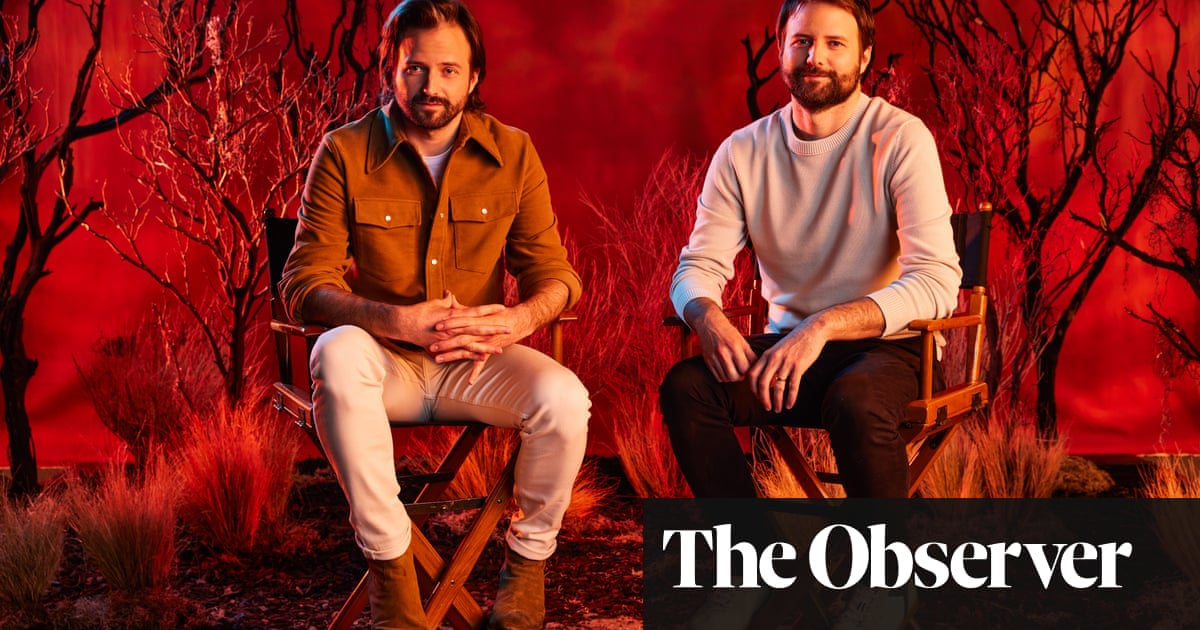
‘The world has felt particularly unpredictable for the last few years,” says Emily Henry, a bestselling author of romance fiction. For Henry, these tough times – ever-changing prime ministers and a global pandemic among them – are “exactly why” there has been a boom in romance fiction. With everything else going wrong, she says, readers want their happily ever afters. “When you’re feeling anxious or overwhelmed, it’s such a gift to pick up a book that you know might put your heart through the wringer but will ultimately turn out OK” she adds.
In the UK, sales of romance novels are at their highest since 2012, when Fifty Shades of Grey hit the charts. An estimated 14.3m were sold between January and August this year across print and digital, according to statistics from Nielsen BookData. Sales reached just over 11m for the same period in 2020 and since then there has been a steady year-on-year rise.
Leading the charge is American author Colleen Hoover, Nielsen BookData’s bestselling name in fiction this year with more than 20 books, four of which are in the 10 biggest sellers of print fiction in 2022. Thanks to a surge in interest on TikTok, Hoover’s 2016 novel It Ends with Us belatedly hit No 1 on the New York Times’ bestsellers list in January.
For Beth O’Leary, author of The Flatshare – adapted for television and released by Paramount+ last week – attitudes in the BookTok community are shifting. “Romance novels used to be books you might hide in your bedside drawer,” she says, but these days young people are proud readers. “The fresh, awesome, outspoken young readers sharing their love for books on TikTok and elsewhere are reading romance with absolutely no shame, and I love that,” she explains.
Henry is delighted by how it’s now “fairly common to see readers making videos with their positive reactions to books’ sex scenes” on social media. “Growing up, I definitely remember the overarching messaging around these books to be one of shame,” she says. “It’s so refreshing to see readers, especially young ones, embrace the genre. We’re moving away from the idea that desires – especially women’s desires – are innately shameful.”
This change is reflected in the figures. Instead of buying ebooks, generally thought of as easier to read in private, young people are shifting to print. Nearly two thirds of romance books bought by 13-24s in the first half of the year were print formats, compared with under 40% for all other age groups.
“The pandemic caused a turning point,” says Lizzie Damilola Blackburn, another bestselling romance author. “For a very long time, romance was kind of seen as a guilty pleasure. Now people are very vocal in saying that they read romances.”
Blackburn is among a growing number of authors whose books – also including Bolu Babalola’s Honey & Spice and Alice Oseman’s Heartstopper, now a Netflix hit series – go beyond the typical girl-meets-boy among a cast of white, straight, cisgender and able-bodied characters. Her debut novel, Yinka, Where Is Your Huzband?, published this year, follows a British-Nigerian Christian woman who is under pressure to get married. “It just makes sense for books to represent the people that are in society,” says Blackburn.
Author TJ Klune has won praise for his portrayal of LGBTQ+ characters and neurodiversity in his books, including Heat Wave, the final part of his young adult trilogy. It follows Nick, a queer 16-year-old with ADHD who loves superheroes. “Romance just doesn’t have to be for straight people any more,” he says. “It is for marginalised communities, queer people from all walks of life who have never got to see themselves in any form of media before now.”
Today’s authors are increasingly declining the classic resolution in favour of self-love, singledom or acceptance, says author Imogen Crimp. “Our romance novels, rather than fitting into the traditional definition, are much more likely to explore these kind of grey areas of relationships: whether or not you actually should be with a person, and what sort of life might be better to live.”
In this turbulent era, romance fiction is – for the most part – serving readers with what they so pine for: the solace that comes with a happy ending, in all its many forms. “Romance novels have a kind of safety to them: almost invariably, you know where we’re going to end up – the happy ever after – and it’s about how we get there,” as O’Leary puts it. “In a world where everything feels unstable, there is something so comforting about knowing the ending before you even start.”












